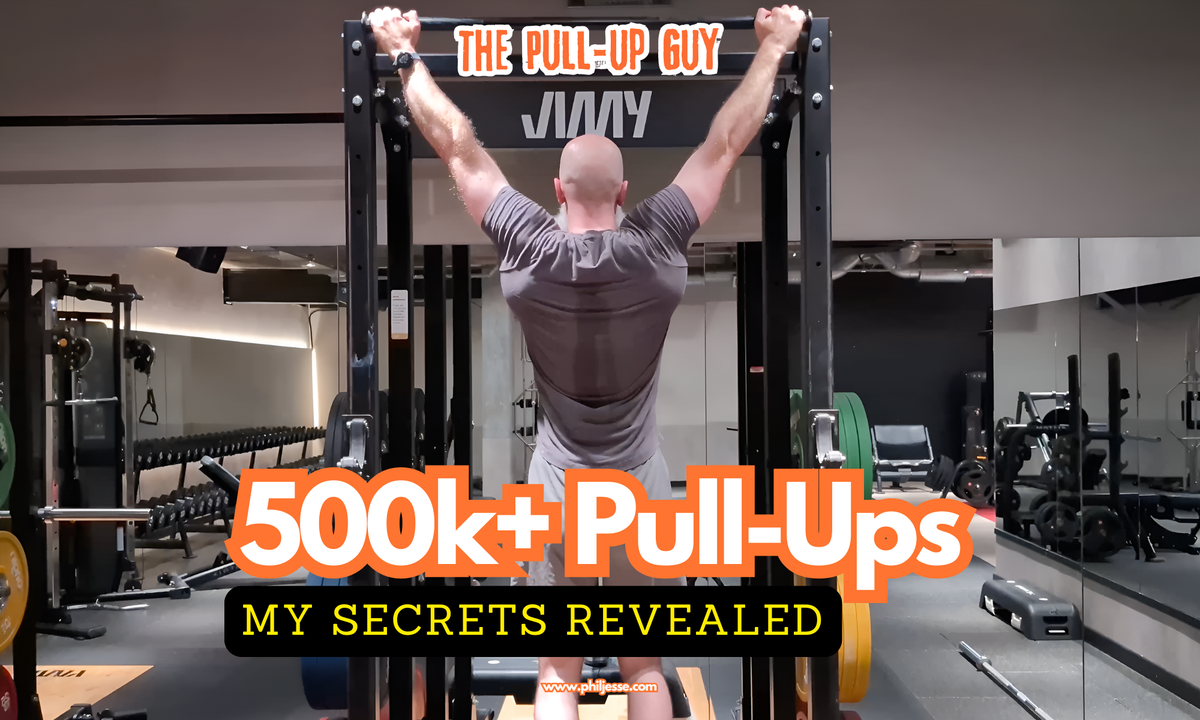Ultimate Pull-Up Endurance Guide (500k+ Pull-Ups)
Master pull-up endurance with Phil Jessé's comprehensive guide. Learn grip techniques, breathing strategies, and training plans from the endurance athlete with 500k+ pull-ups.

Imagine transforming your body and mind with nothing more than a simple bar. Pull-ups, often seen as a basic exercise, hold the potential to unlock incredible strength, endurance, and mental resilience. As someone who has conquered over half a million pull-ups, I'm here to guide you on your own journey to pull-up mastery.
My name is Phil Jessé, and I've dedicated years to exploring the nuances of this powerful exercise. This article, along with my comprehensive YouTube video (embedded below), will provide you with the knowledge and tools you need to build impressive pull-up endurance. We'll cover everything from grip techniques and chalk application to breathing strategies and training plans.
Watch "Ultimate Pull-Up Endurance Guide (500k+ Pull-Ups)" on YouTube 👆
Whether you're a beginner struggling to achieve your first pull-up or a seasoned athlete aiming to shatter your personal records, this guide will equip you with the techniques and mindset to conquer the bar.





